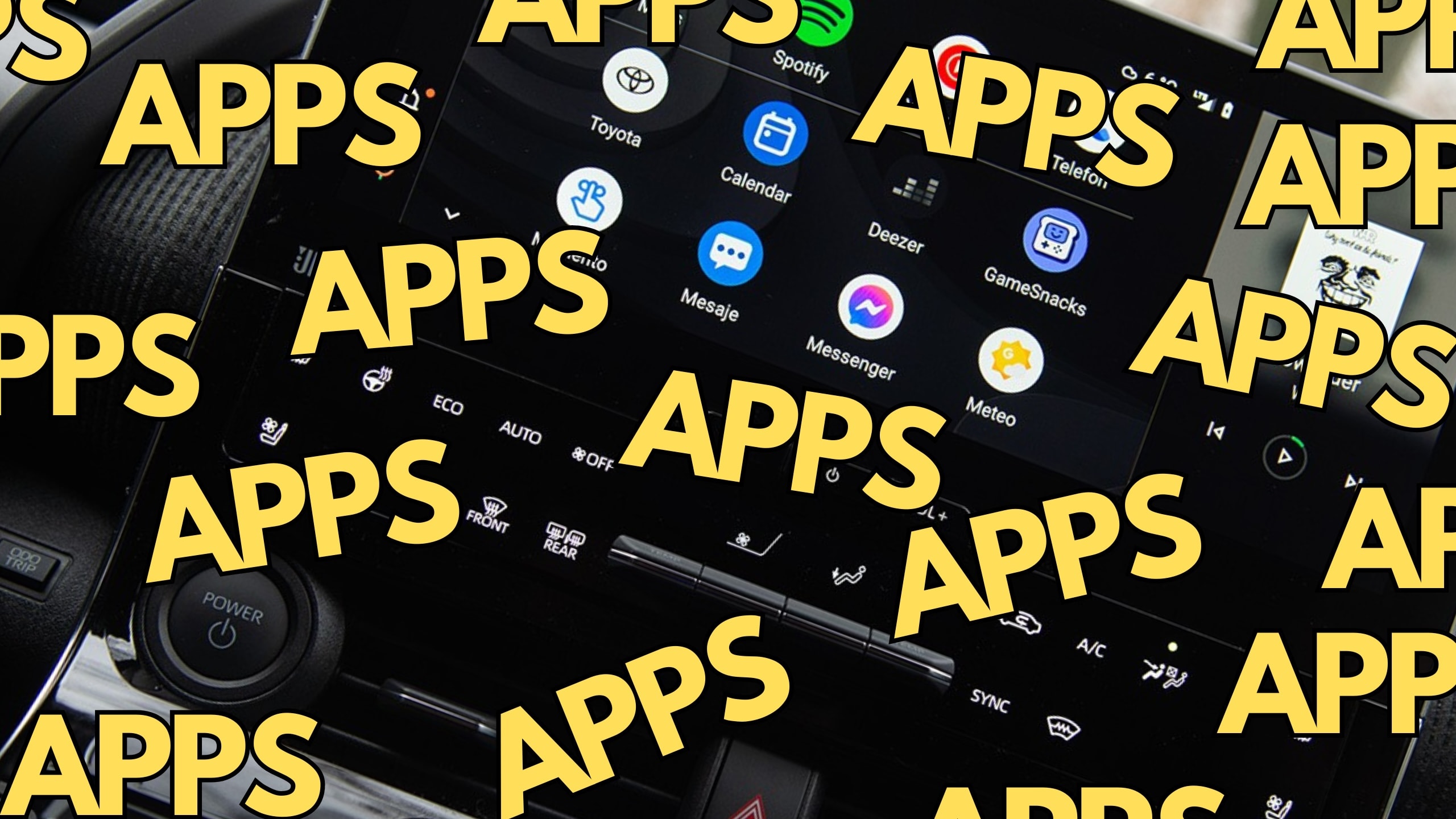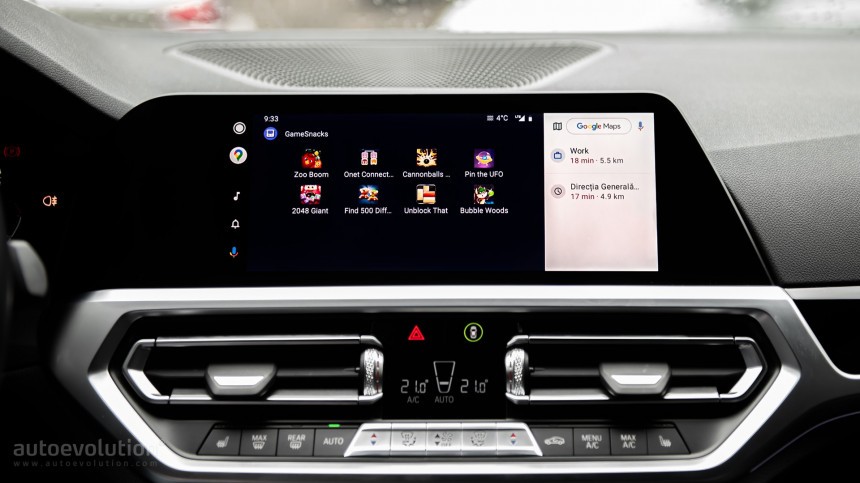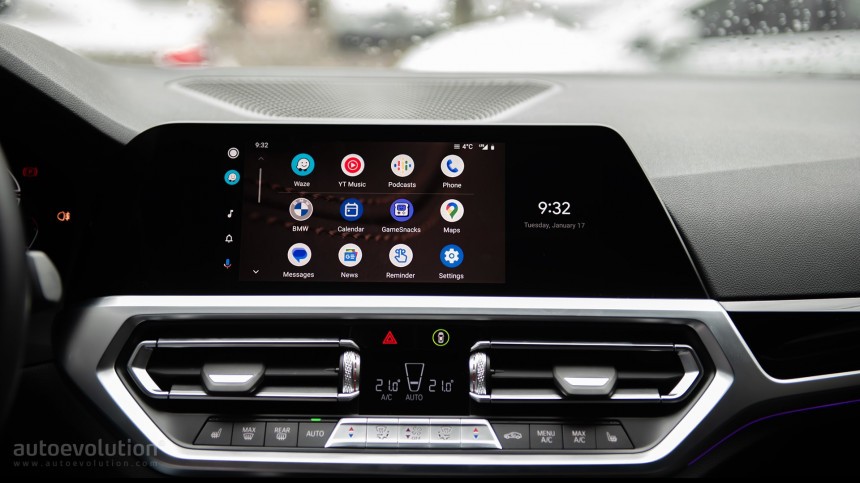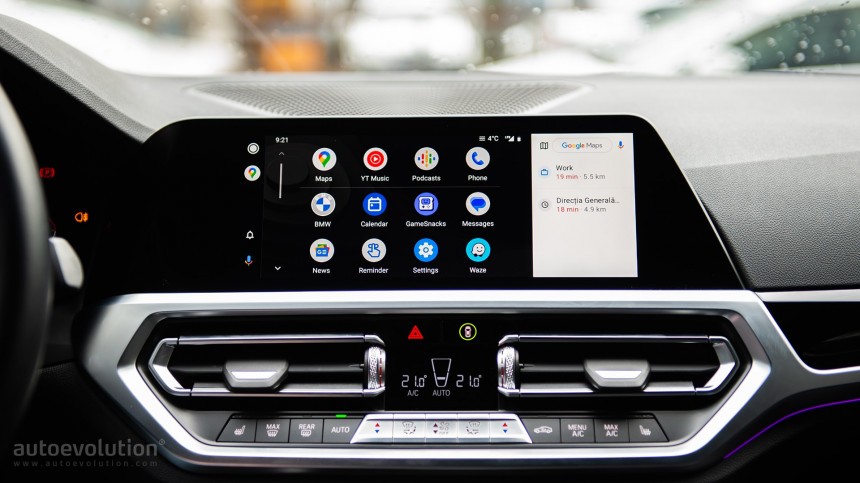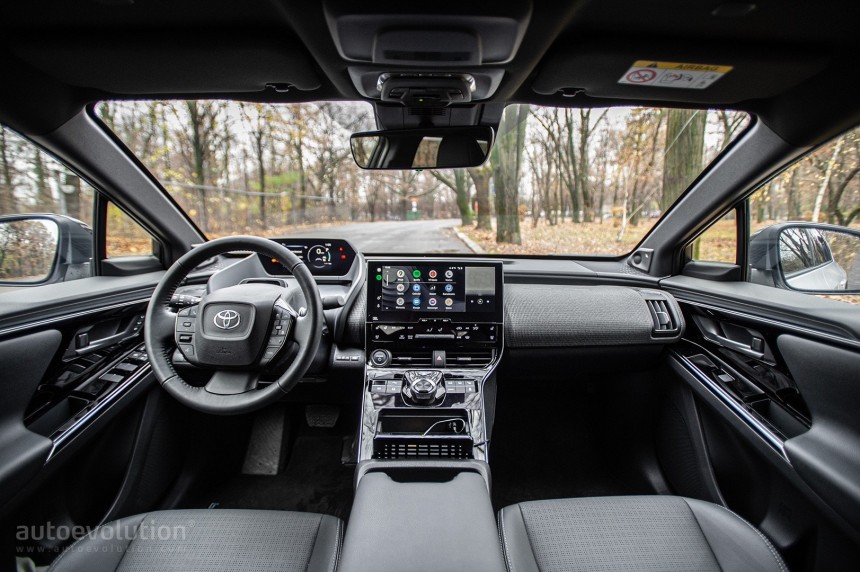Phone mirroring software has become increasingly popular, and drivers find these solutions must-have equipment in new cars.
One of the biggest challenges for Android Auto and CarPlay is keeping up with modern infotainment systems. One way to do this is to expand the supported capabilities and app ecosystems. The first part requires deeper integration into the vehicle, which is sometimes particularly challenging because Android Auto and CarPlay are powered by mobile devices.
The second part is now underway, as Apple and Google are trying to make it easier for developers to bring their apps to the car.
Google recently announced a “Car ready mobile apps” program whose purpose is to open the doors of the Google Play Store wide open for Android Auto. And at the same time, to provide users with a solid incentive to pick Android Auto over CarPlay, and eventually, Android over iPhone.
Google considered multiple options to expand the Android Auto and Automotive ecosystems, and the most logical was to provide developers with more straightforward resources to launch their apps in the car. However, the company hit the obvious roadblock—launching an app on Android Auto requires more work and optimizations.
This is how Google came up with this new program.
The search giant’s purpose is to bring new apps to Android Auto and Android Automotive “without any developer work,” targeting primarily categories that have until now been partially or entirely blocked in the car—video, games, and browsers (these categories were already available on Android Automotive but blocked on Android Auto—however, developer adoption has been limited).
Google’s new program aims to bring new apps to the car without requiring developers to do any work. This means your app, which is already available on the Google Play Store, could also get support for Android Auto and Android Automotive without you lifting a single finger.
Google will take care of the whole process as long as your app meets certain requirements. The company is particularly interested in “apps that are adaptive and large screen compatible,” and every app meeting these criteria will eventually launch in the car.
While apps will be enrolled in the program automatically, developers will also get an option to opt out if they don’t want their apps to land in cars. I doubt many app makers will use this setting, as expanding availability helps boost adoption, but in the long term, developing for cars could also involve more resources.
Google launched three quality tiers that apps must meet before launching on Android Auto and Android Automotive: Tier 1 – Car differentiated, Tier 2 – Car Optimized, and Tier 3 – Car ready. Each tier comes with its set of rules, and certain categories must meet only some or all requirements before becoming available in cars.
For example, parking apps (such as tools that allow you to find parking spots, navigate to them, pay for parking, and reserve your spot) must meet all requirements in tier 3 before they can land on the Google Play Store.
Car-ready apps in Tier 3 will power the app revolution that will happen on Android Auto thanks to Google’s new program. It includes checklists for all categories and category-specific requirements.
For example, all apps in the video, games, and browser categories must support x86_64 and ARM CPUs and must not post heads-up notifications—Google considers these notifications “irrelevant.” They must not be launchable or usable when the vehicle is in motion, and more surprisingly, they must not play any audio. This means that YouTube won’t allow you to listen to content when you drive, as the app will automatically lock when you start driving.
While Google allowing more apps to launch on Android Auto and Android Automotive is fantastic news for users and the future of its car-optimized experiences, the support for video, games, and browses is the most notable part of the expansion. However, these apps will provide the best experience only when they’re developed for Tier 1, in which case they are subject to more requirements.
Video, games, and browsers must use fonts whose size shouldn’t exceed 24sp and meet certain touch target criteria. They must render into display cutouts and use the entire screen estate but still provide users with a way to interact with the rest of the interface.
Google will launch the car-ready app program later this year, but developers can already submit their apps for review manually. Once the program goes live, Google will review all apps automatically and launch them on the Play Store for Android Auto and Android Automotive if they meet the requirements.
Apple has yet to respond to Google’s new program, as the company seems to focus more on the new-generation CarPlay due this year. Considering the company’s annual developer event has already passed with no big news for CarPlay, Android Auto seems like it’s gaining the lead in the phone mirroring software battle, especially as it unlocks app categories that have long been requested by users. Videos and games will make Android Auto significantly more appealing for users and could eventually help Google accomplish its goal of turning its automotive experiences into major incentives to pick Android over iPhone.

